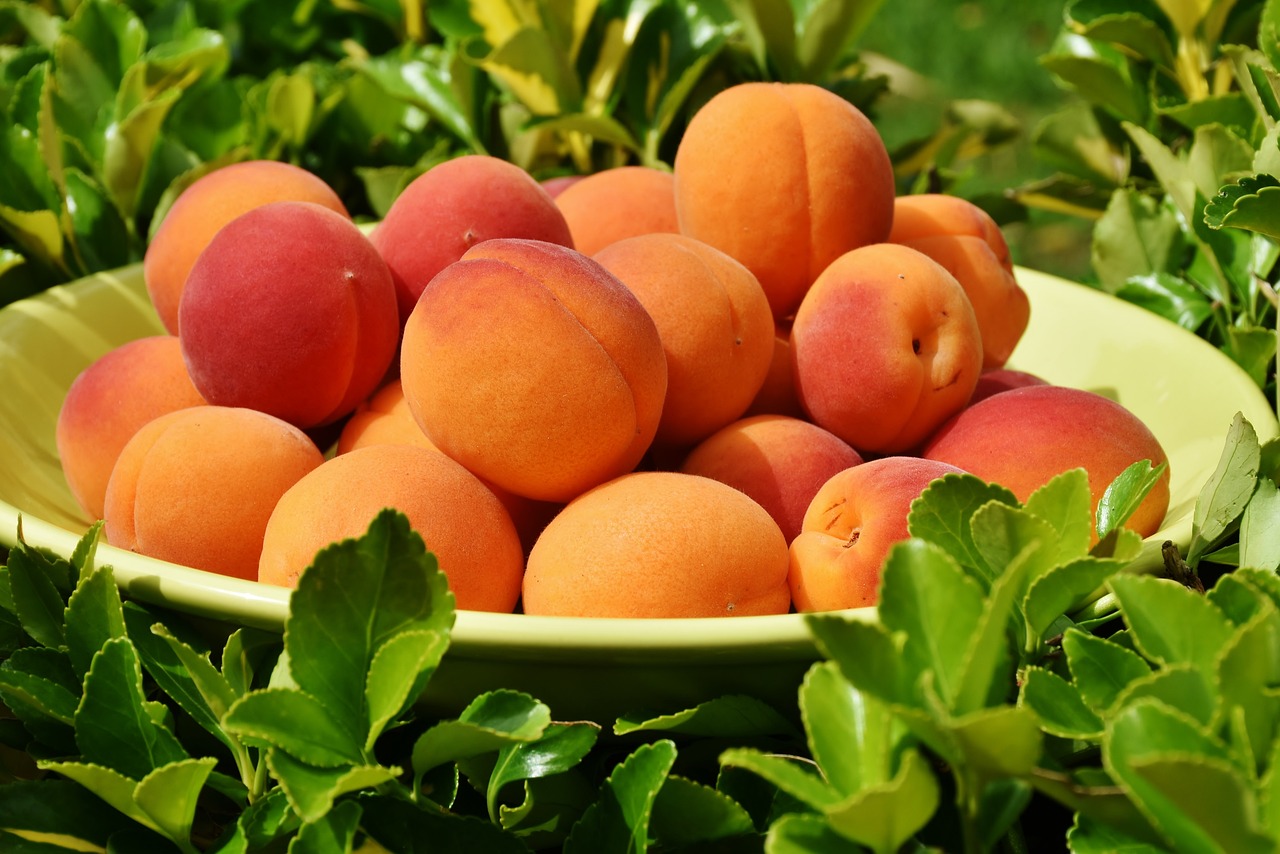
By Kathleen Harvey, AAP Columnist
Another year has come and gone, and it’s time to clean up from the holiday parties and begin anew. But how to begin? One of the most versatile items in your medicine cabinet is hydrogen peroxide. A combination of hydrogen and water, it comes in a variety of concentrations. Hydrogen peroxide at three percent is designed for household use. For the purpose of this article, this is the type of hydrogen peroxide referenced.
Hydrogen peroxide is one of the most common household disinfectants in the world. Its typical use is as a mild antiseptic to prevent infection of minor cuts, scrapes, and burns on the skin. Hydrogen peroxide works by releasing oxygen when it is applied to the affected area. The release of oxygen causes foaming, which helps to remove dead skin and clean an area on the body. However, there is much more to this little brown bottle.
Soak toothbrushes, retainers, mouth guards, or dentures in hydrogen peroxide to kill staph bacteria and other germs common to the bathroom. Soak fingertips and toes in hydrogen peroxide mixed with warm water and dish soap to naturally whiten your nails and reduce nail fungus. It may also be used as a mouth rinse to help remove mucus or to relieve minor mouth irritation (e.g., due to canker/cold sores, or from gingivitis).
But we don’t have to stop with the body. There are other uses around the house. Hydrogen peroxide is great at disinfecting the bathroom. Pour it into a spray bottle and spray your bathroom fixtures, floors, walls, humidifier, dehumidifier, even your shower curtain. That fizzy sound will tell you it’s working. Stained tiles and dirty grout can be reduced too. Combine one part hydrogen peroxide with two parts baking soda and rub the paste on tiles and grout. Let sit for two or three minutes, then scrub vigorously and rinse.
Next, use hydrogen peroxide to clean out your dishwasher, which can periodically get a nasty, musty smell. Create a cleaning solution with hydrogen peroxide and baking soda. Place the mixture at the bottom of the dishwasher, or in an extra compartment in the door. Then mix white vinegar and dish washer detergent, and place in another compartment of the dishwasher. Next time a cycle is run, the hydrogen peroxide will clean the appliance, while the baking soda scrubs it.
Boost laundry cleaning power when doing a load of whites. Hydrogen peroxide will deodorize clothes and help remove stains when added to a load. Those brownish-yellow armpit stains and shirt collar stains on white shirts need special attention. Reduce them by creating a solution of one part dish washing liquid and two parts hydrogen peroxide. Apply the mixture to the stain and let it sit for about an hour. Wash in cold water, then dry and wear. A tough stain may also require scrubbing with baking soda mixed with hydrogen peroxide.
Finally, gardeners know one of the best substances for plants is hydrogen peroxide. The all-purpose liquid can help with controlling fungus gnats; preventing infection on damaged trees; killing foliage fungus; and combating root rot, as well as improving plant growth. The extra oxygen enables roots to absorb more nutrients. To combat root rot or fungal infections, use one tablespoon per cup of water.
Use hydrogen peroxide in your arsenal of New Year’s resolutions to clean up your house, yourself, and help your houseplants. Happy New Year!

